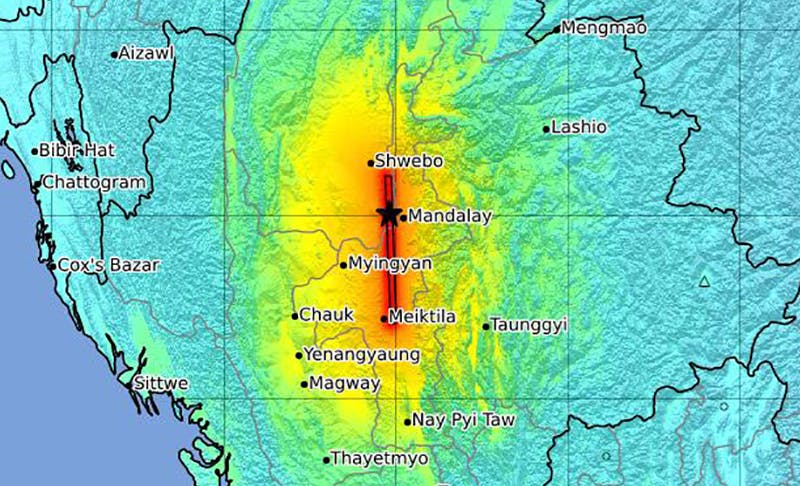Now Reading: Unraveling the Causes of Myanmar’s Devastating Earthquake
-
01
Unraveling the Causes of Myanmar’s Devastating Earthquake
Unraveling the Causes of Myanmar’s Devastating Earthquake

Quick Summary
- A 7.7 magnitude earthquake struck central Myanmar near Mandalay on Friday, causing widespread destruction.
- The quake’s effects were felt as far as Bangkok, Thailand, where a skyscraper under construction toppled.
- The Myanmar military junta declared a state of emergency in six regions, reporting over 100 deaths and hundreds injured. Thailand reported at least seven fatalities and missing individuals.
- USGS estimates that the death toll may exceed 1,000, possibly reaching over 10,000 due to the quake’s proximity to populated areas.
- The earthquake occurred along the tectonically active Alpide Belt-the second most seismically active zone globally after the Pacific Ring of Fire-where major plates like Indian and Eurasian interact.
- zhigang Peng from Georgia Tech described it as among the strongest earthquakes in recent memory for Myanmar and compared its scale to the 1906 San Francisco earthquake.
- A subsequent 6.7 magnitude aftershock followed shortly thereafter; additional aftershocks are expected in weeks or months ahead.
Indian Opinion Analysis
The devastating earthquake highlights not only the vulnerability of Myanmar but also issues relevant for neighboring countries like India located along tectonic boundaries. India’s northeastern region shares seismic risks due to its location on similar converging plate zones (Indian-Eurasian). This event underscores an urgent need for robust disaster preparedness measures across South Asia-a region heavily populated yet frequently enough constrained by infrastructural deficits.
For India specifically, this tragedy signals renewed urgency in enhancing cross-border cooperation on disaster response mechanisms with neighbors vulnerable to similar catastrophes. Moreover, it is a reminder that proactive investments in resilient infrastructure should remain paramount as climate-linked disasters intertwine with geological risks.
























